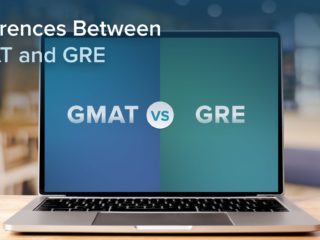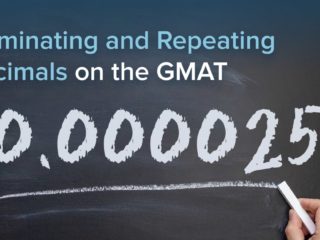Last Updated on May 8, 2023
GMAT OFFICIAL GUIDE DS
Solution:
We are given that stores L and M sell a certain product at different regular prices. We are also given that both of these stores discount the regular price of the product. We must determine whether the discount price at Store M is less than the discount price at Store L.
Statement One Alone:
At store L the discount price is 10 percent less than the regular price; at store M the discount price is 15 percent less than the regular price.
Even though we know the percent discount at each store, without actually knowing the regular price of the product at each store, we can’t determine the discount price of the product in each store. Thus, we can’t compare their discount prices. Statement one alone is not sufficient to answer the question. We can eliminate answer choices A and D.
Statement Two Alone:
At store L the discount price is $5 less than the regular store price; at store M the discount price is $6 less than the regular price.
Even though we know the amount of discount at each store, without actually knowing the regular price of the product at each store, we still can’t determine the discount price of the product in each store. Thus, we can’t compare their discount prices. We can eliminate answer choice B.
Statements One and Two Together:
From statements one and two we have the following information:
a) At store L the percent discount is 10% and the amount of discount is $5.
b) At store M the percent discount is 15% and the amount of discount is $6.
Now if we let p = the regular price of the product at store L and q = the regular price of the product at store M. Then:
a) .10p = 5
b) .15q = 6
Thus p = 5/.10 = $50 and q = 6/.15 = $40. Furthermore, the discount price of the product at store L is 50 – 5 = $45 and the discount price of the same product at store M is 40 – 6 = $34. Thus, we know that the discount price at store M is indeed less than the discount price at store L.
Answer: C



